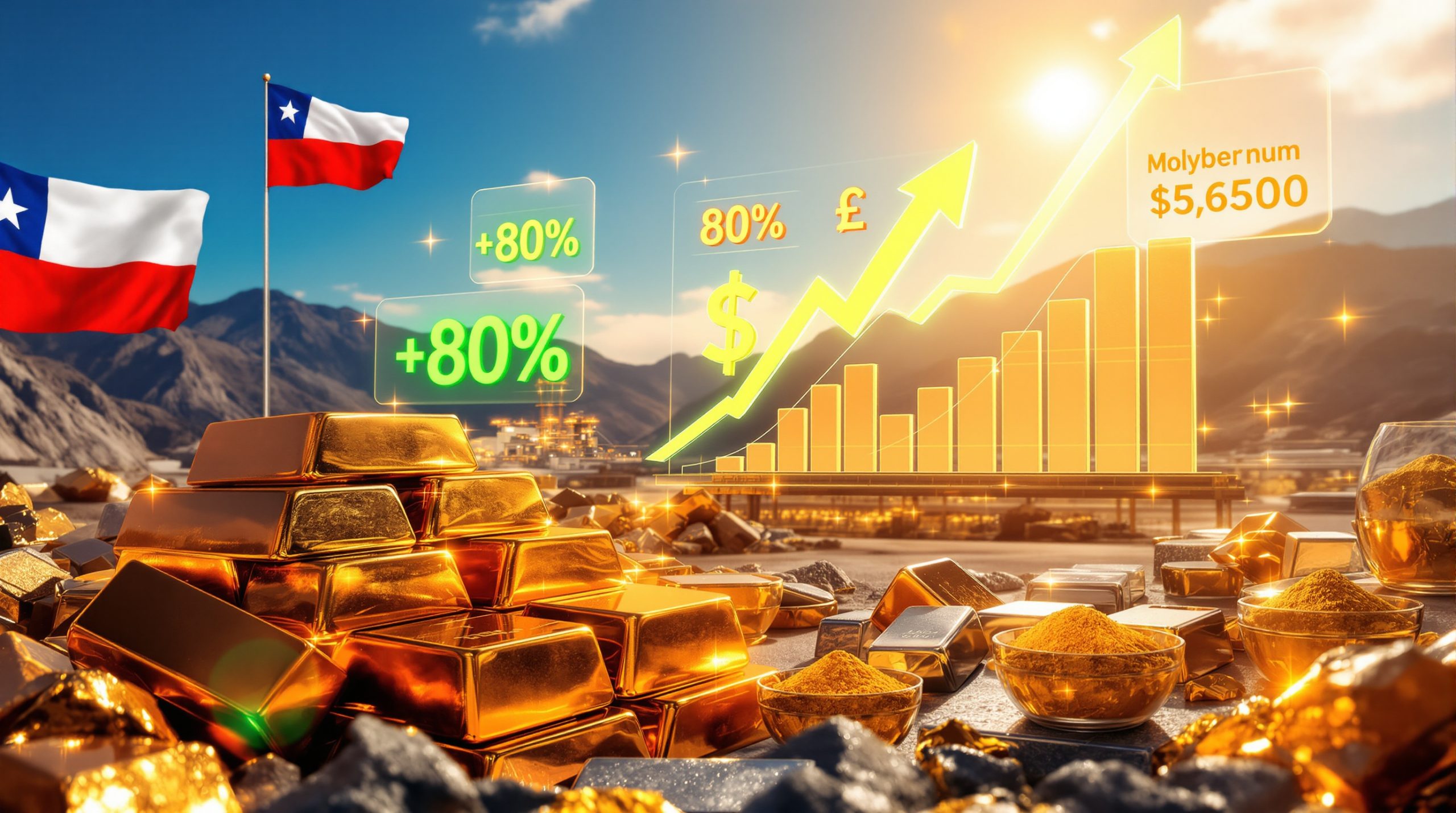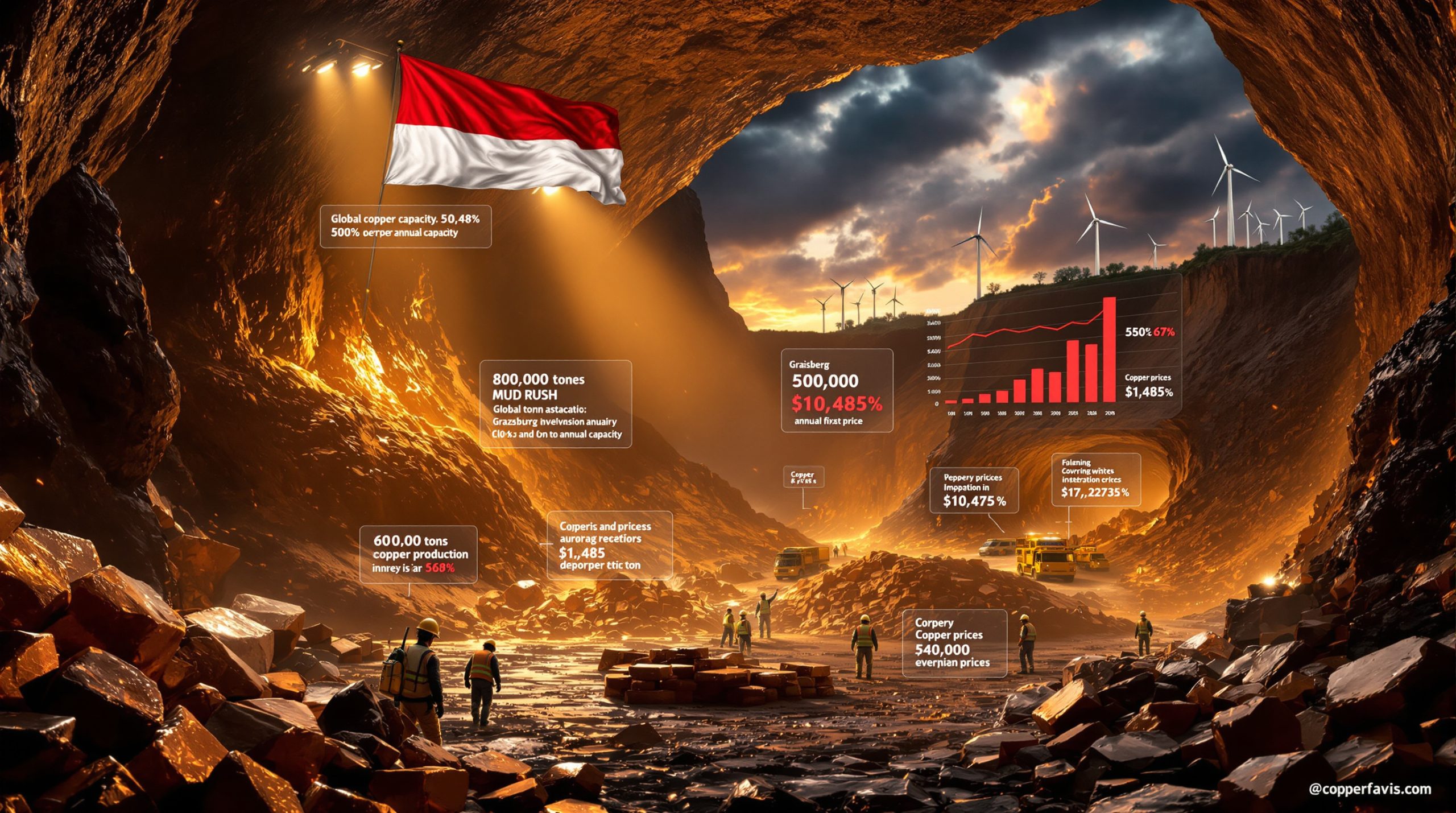The Current State of Precious Metals Markets
Gold's Recent Performance and Market Sentiment
Gold has been demonstrating remarkable resilience despite bearish sentiment from some market analysts who claim the precious metal is "overbought." Recent price corrections, rather than signaling weakness, actually represent healthy market behavior and potential buying opportunities for strategic investors. Gold's strong performance comes amid significant structural changes in the global monetary landscape.
Central bank accumulation has emerged as a critical driver of gold's price stability. Unlike previous decades where central banks were net sellers, they have now become consistent buyers, creating a robust price floor. This shift represents a fundamental change in how monetary authorities view gold's role in reserves diversification, particularly as gold and silver market trends indicate geopolitical tensions escalate globally.
The recent price pullbacks following record highs should be viewed through a historical lens—such corrections have typically preceded extended bull markets rather than signaling their end. Current technical indicators suggest accumulation phases are underway, with institutional capital gradually increasing exposure to the sector.
Silver's Remarkable Undervaluation
Silver prices have been approaching the $34 mark, yet remain significantly undervalued relative to gold. The gold-to-silver ratio—a key metric for precious metals investors—recently exceeded 100, marking its highest level since October 2008 during the global financial crisis. This represents a historically extreme divergence.
To put this in perspective, the gold-to-silver ratio has only exceeded 100 four times in the past 150 years. Such extreme readings have consistently preceded major silver rallies. If this ratio were to revert to more historically normal levels around 30, silver prices could potentially reach $110 per ounce—representing a tripling from current levels.
The magnitude of silver's undervaluation is difficult to overstate. As Tavi Costa of Crescat Capital notes, "Silver's current valuation relative to gold is akin to the S&P 500 trading at a CAPE ratio of five"—an analogy suggesting silver may be the most undervalued asset in global markets today.
Why Are Precious Metals Moving Now?
Macroeconomic Drivers Supporting Gold and Silver
The current macroeconomic environment presents a nearly perfect backdrop for precious metals. Interest rates, particularly two-year Treasury yields hovering around 4%, are widely considered unsustainably high given slowing economic growth indicators. Market expectations increasingly point toward significant rate cuts, with projections suggesting yields could be halved within 6-12 months.
The Federal Reserve's policy stance has created a precarious situation where maintaining high rates risks economic contraction, while cutting rates too slowly could accelerate recessionary forces already in motion. This policy dilemma typically benefits monetary metals, which thrive during periods of financial uncertainty and monetary policy transitions.
Economic contraction risks continue mounting across manufacturing, housing, and consumer sectors. Historical precedent shows that precious metals typically outperform during such transitional economic phases, particularly when real interest rates (nominal rates minus inflation) begin trending lower.
Technical Analysis vs. Fundamental Value
While day-to-day price movements attract attention, they often distract from more significant technical patterns forming over longer timeframes. Silver has been developing a massive cup-and-handle formation that potentially signals an impending breakout to all-time highs. This pattern has been developing over years, not months, suggesting the upcoming move could be substantial and sustained.
Investors exclusively focused on short-term technical indicators risk missing transformative opportunities. The current gold price analysis resembles patterns that preceded major bull markets in other commodities and asset classes throughout history.
The fundamental case for precious metals extends beyond technical charts. Supply constraints in both gold and silver mining—with declining ore grades, increased production costs, and limited new discoveries—create structural supply limitations just as demand appears poised to accelerate.
Investment Opportunities in the Precious Metals Sector
Mining Sector Dynamics and Potential
The mining sector presents a compelling investment case beyond physical metals. Once representing approximately 20% of GDP in the 1960s, the mining sector's contribution has collapsed to a mere 0.4% today—highlighting both the sector's diminished status and its potential for significant expansion.
Senior miners currently trade at substantial discounts to spot prices, contrary to historical patterns where they typically commanded premiums during bull markets. This valuation disconnect suggests significant upside potential, particularly if metal prices continue their upward trajectory.
Junior mining investments present even more asymmetric return potential. Companies making significant discoveries can deliver returns measuring in multiples rather than percentages. The sector's depressed valuations mean that high-quality assets can be acquired at fractions of their intrinsic value.
Capital rotation from broad macro strategies into specific mining opportunities has begun but remains in early stages. Institutions have historically underweighted the sector, suggesting substantial capital could flow into mining equities as performance continues improving.
Strategic Approaches to Precious Metals Investing
When approaching the sector, investors should consider balanced exposure across physical metals and mining equities. Physical metals provide portfolio insurance and direct price exposure, while mining stocks guide can help investors understand how these companies offer operational leverage to rising metal prices.
Exploration and discovery stories represent the highest-risk, highest-reward segment. These "unicorn" investments can deliver exceptional returns when management teams with proven track records develop quality projects in favorable jurisdictions. The approach resembles venture capital investing more than traditional stock picking.
Value-building rather than short-term technical trading tends to produce superior results in this sector. Companies demonstrating resource growth, permitting progress, and capital discipline often outperform over complete market cycles, even if they underperform during short-term corrections.
How Should Investors Approach Silver and Gold?
Advice for New Precious Metals Investors
New investors should avoid the common trap of being "too cute" with market timing. Attempting to perfectly time entry points often results in missing significant moves entirely. Instead, establishing core positions during corrections and systematically adding exposure represents a more reliable approach.
Focus on fundamental value rather than short-term overbought/oversold indicators. The precious metals sector frequently experiences extended periods of apparent overvaluation before making substantial upward moves, particularly during monetary regime changes.
Before investing in mining equities, investors should develop fundamental understanding of the industry. Key factors include resource quality, jurisdiction risk, management track record, and capital structure. Each mining company represents a unique combination of these factors rather than a simple proxy for metal prices.
Building strategic positions gradually rather than attempting to time perfect entry points tends to produce superior long-term results. Dollar-cost averaging into core holdings during periods of price weakness has historically outperformed tactical trading approaches.
Portfolio Allocation Strategies
When constructing a precious metals portfolio, balancing physical metals with mining equities creates complementary exposure. Physical metals typically provide stability while mining stocks offer leverage to rising prices.
For risk-tolerant investors, allocating 10-20% of a metals portfolio to exploration-stage companies can significantly enhance returns. These speculative positions should be viewed as venture capital-style investments where a single success can offset multiple failures.
Identifying quality projects requires focusing on geological potential, infrastructure access, permitting pathways, and management capability. Projects combining high-grade resources in mining-friendly jurisdictions with experienced teams tend to outperform regardless of short-term metal price fluctuations.
A hybrid venture capital approach works particularly well for junior mining investments. This involves building a basket of exploration companies with proven management teams, strong treasury positions, and projects demonstrating exceptional geological potential.
FAQ: Common Questions About Silver and Gold Investing
What is the historical significance of the gold-to-silver ratio?
The gold-to-silver ratio measures how many ounces of silver equal the value of one ounce of gold. Historically, this ratio has averaged between 40-60 over centuries, with extreme readings above 80 typically indicating silver undervaluation. The current ratio exceeding 100 represents a historical anomaly.
When the ratio moves from extreme levels, it typically reverts through silver outperforming gold rather than gold declining. Previous instances when the ratio exceeded 100 (1991, 2008, 2020) were followed by silver rallies of 300%+ over subsequent years.
The ratio's extreme reading today likely reflects industrial demand concerns during economic uncertainty, but fails to account for silver's monetary characteristics that typically reassert during financial stress.
Why has silver underperformed gold in recent years?
Silver's underperformance stems from several factors, including its dual nature as both monetary and industrial metal. During economic uncertainty, industrial demand concerns often temporarily overshadow silver's monetary characteristics.
Supply and demand fundamentals have been distorted by paper market dynamics, where futures contracts can influence price discovery despite physical metal tightness. Industrial silver consumption continues rising in solar panels, electronics, and medical applications, creating potential supply deficits.
The divergence between physical silver premiums (often 10%+ over spot prices) and paper market prices highlights the disconnect between financial market pricing and physical reality. This gap typically narrows dramatically during precious metals bull markets.
What are the biggest risks to the precious metals bull case?
The primary risk factor for precious metals would be a sustained period of rising real interest rates driven by falling inflation and rising nominal rates—a scenario that appears increasingly unlikely given current economic trajectories.
Economic recession impacts could temporarily suppress industrial silver demand, though historical patterns show monetary demand typically offsets industrial weakness during financial stress periods.
Technical resistance levels at previous all-time highs ($50/oz for silver) may create psychological barriers requiring substantial momentum to overcome. However, once breached, these former resistance levels often become support for continued advances.
How might precious metals perform through 2025?
Potential price targets based on historical patterns suggest gold could reach $3,000-3,500 per ounce and silver $50-110 per ounce by 2025, representing significant upside from current levels. These targets derive from both technical analysis and gold market analysis and fundamental valuation models.
Macroeconomic factors likely to drive prices higher include continued central bank purchases, persistent fiscal deficits requiring monetary accommodation, and growing institutional recognition of metals as portfolio diversifiers in an uncertain monetary environment.
Key indicators investors should monitor include real interest rate trends, central bank purchasing volumes, COMEX warehouse inventories, and mining equity valuations relative to metal prices. These leading indicators typically signal major trend changes before spot prices fully reflect new market dynamics.
The combination of extreme undervaluation, improving technical patterns, and supportive macroeconomic conditions suggests the current precious metals bull market remains in early stages, with significant upside potential through 2025 and beyond.
Seeking to Profit from the Next Major Gold or Silver Discovery?
Discover significant mineral opportunities before the market with Discovery Alert's proprietary Discovery IQ model, which instantly analyses and identifies high-potential ASX announcements in real-time. Explore why historic discoveries like DEG and WA1 generated exceptional returns by visiting the Discovery Alert discoveries page and position yourself for potential outsized gains.




